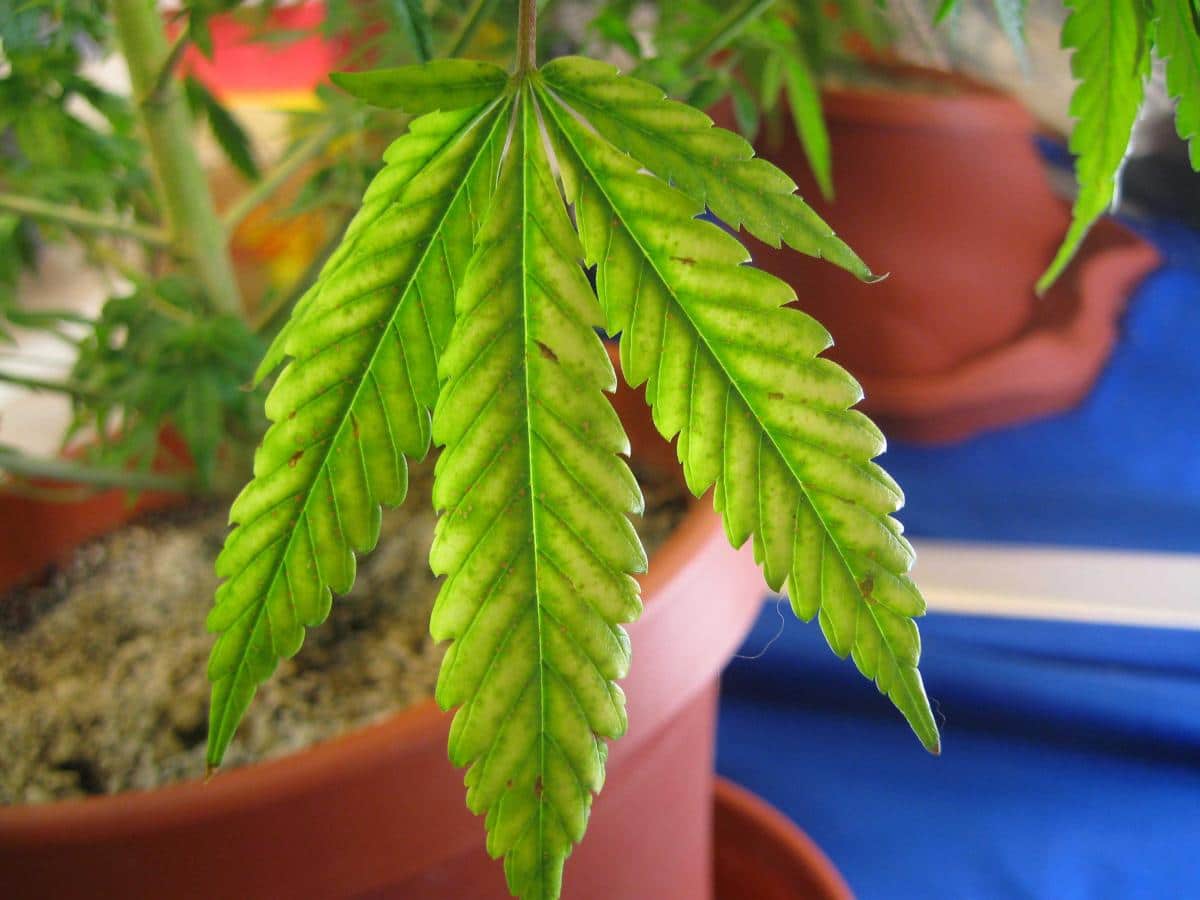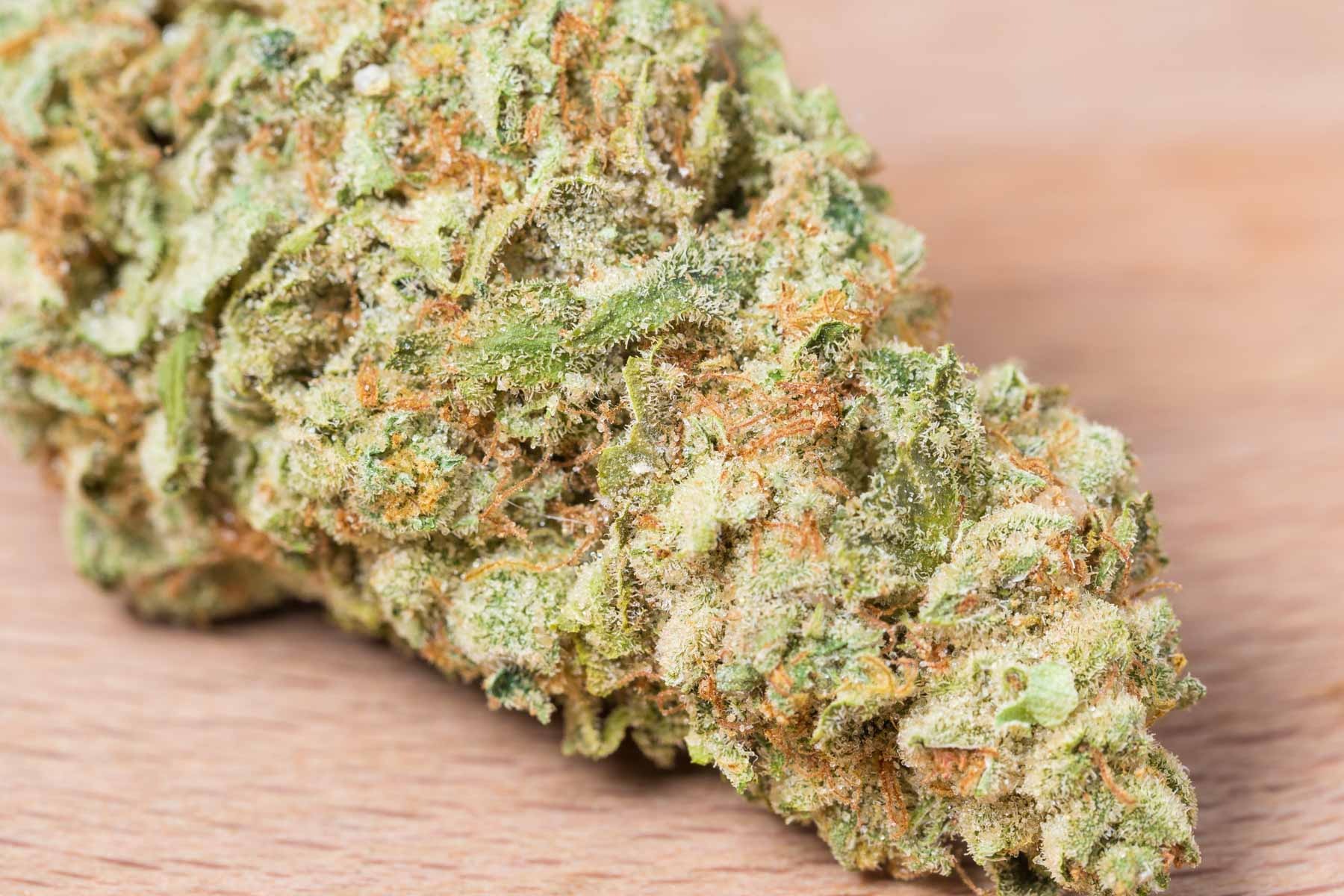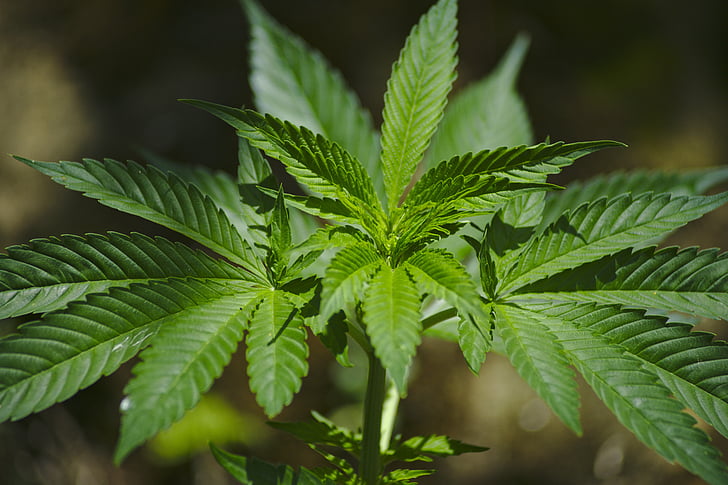News
Troubleshooting Cannabis: when cannabis leaves turn yellow and How to Fix It
The knowledge that every state or country has its own set of laws and restrictions related to the growing of marijuana should always be kept in mind. Legal help agencies should be visited for consideration before starting cannabis cultivation.
The risk of your cannabis plants becoming yellow or diseases might happen no matter how much care you provide for them well. You should be knowledgeable enough to point out and fix the subject that made the plant turn yellow and save it from any other development of yellowing or reaction to it.
One of the common indicators of stress in cannabis plants is the yellowing of the leaves

The paralysis of photosynthesis coupled with the yellowing of the leaves is the plant’s double downside that repurposes it from a normal growth sustained plant to a stunted plant in the end. Thus, the yellow or orange chloroplasts which are more than the green pigment chlorophyll (which is ideal to absorb sunlight and surge the plant with energy) are mostly focused. What could be the reason for such a situation?
Issues with Watering: when cannabis leaves turn yellow
One common reason that causes the lead of cannabis trees to turn yellow is this problem. A shortage or an excessive supply of water may be triggered by either irrigation or no irrigation of the plants.
Over-Watering. A plant that is watered well will also not be able to “breathe” through the roots because it gets a lot of water. In the case of cannabis leaves all covered with the water, they will look as if they were fat and plumped up. Besides the poor drainage system, the factors that might cause the root rot could be inadequate holes in the pot that lead out extra water, or improper potting mix. Nevertheless, there exists another case of a marijuana small plant that grows in a large pot that is over-watered. You should act now to clamp down on the sprinkler system, be it by less watering the grass or more so that this doesn’t continue or recur. First of all, it is of utmost importance that it’s not miles away from turning into an entirely yellow state; therefore, you should carry out some serious plant care.
Diving beneath the surface. Signs of underwatering on leaves can be characterized by their slim appearance with narrow leaves. In the probable case of a rising number of pot plants within the pot, there will be not enough water for them. You also may just have been absent for the watering session, and that’s why. In these conditions, you will have to consistently change the amount of water that the cannabis gets from the point it may become a disguise to the survival of the plant.
Deficiencies in Nutrients
Nitrogen scarcity results in the paleness of the whole plant and some leaves can become chlorosed due to excess nitrogen. If the plant needs a lot of nitrogen for its growth, its new leaves become even more dependent on it as well. Most leaves of the upper plant which may suck nitrogen begin running out when the plant does not have enough nitrogen. Considering this process, leaf tips start to become chlorotic, turn yellow, and eventually curl down and die. Plants should take in a critical amount, especially nitrogen, to prevent this. It may be that both the necrosis of leaves and other reasons occur simultaneously if you made a change in your nitrogen intake after this happened, and then the symptoms still suffered.
Unbalanced pH

If the water you use to dissolve cannabis has an incorrect acidity level, this could happen. Generally speaking, the typical level is 7.0. A low pH will prevent the plant from taking up adequate nutrients from the soil because water will take them up and neutralize them. To ensure the health of the leaves, it is crucial to maintain the proper acidity of the water.
Troubleshooting when cannabis leaves turn yellow: Problems with Lighting
It may sound trivial, but the combination of watering and appropriate lighting is the brake that keeps them going. Perhaps we’re going to face lighting challenges that’s why the leaves of the plant can turn yellow.
Burn the leaves. This may be a result of the light overexposure either if the plant is too close to the light or if it is overexposed. The yellowing at the top—among the uppermost leaves—exhibits effortless identification of such cause. It is easy to fix this issue: All you need to do is to move away the light and adjust the lighting mode from the light now facing the plant directly.
Insufficient lighting. This happens when the plant’s bottom leaves are unable to get enough light, causing them to appear flabby and discolored. The second method is the tweaking of the plant’s light supply to be controlled in the cycles of day and night.
Issues with Temperature

There are two extremes to temperature issues: excessive emotional response like angry bursts, as well as emotional coldness. If the temperature is beyond 18 degrees to 28 degrees (Celsius), the plants won’t grow well causing a setback.
Stress from Heat. All above 28°C (80°F) have a chance of slowing down photosynthesis, and shadowy leaves finally become yellow. Consequently, it is important to implement many preventive measures: capable of providing proper ventilation inside the room (when the cultivation is taken indoors), casting temporary shadows (during the Cropping period when the cultivation is being carried out outside), and hence preventing bulb overheating.
Cold Shock. Facility the stomata to start closing at a low temperature. The leaves become green and might even turn purple. Consequently, growers need to keep temperatures balanced and not too cold, especially when plants are grown outside as temperatures show more fluctuations.
Insects
The main warning signs that the plant is infected by pests are the chance of general fragility and yellowing, and the biggest sign is the appearance of bites and insect scars. Stopping the harmful effects of the environment is necessary to prevent this: keep dogs away from potential doggies and overgrowing plants; wash your hands often, and keep your hair covered up. If the atmosphere is humid enough, fungus flies are the most common species that find their victim there. As a sap-sucker, they are feeding the plant’s roots. Thus, you need to re-think watering your cannabis plants and how much they need and not overdo it. Insecticides have to be sprayed onto the plant (or other affected plants) not only to exterminate these pests but also other plant pests. Though this is a high-quality task, it can be easier to help in this way to not let them appear on the plants.
The Action to Identify Whether It Is a Cause of Yellowing or Not?

To localize the evitan cause, spotting yellow leaves is the simplest way. If it’s darker, it means that food must be deficient in nutrition or light enough. With a proper layering system, I would barely notice the heat, but if it’s the top, a burn is guaranteed.
Unlike the process of rejuvenating it to its green form, it is easier to maintain a plant’s vibrant color by giving it the right amount of nutrients, light, and water.
Yellow Leaves Can Sometimes Be One of The Factors but It Does Not Necessarily Lead to Projected Problems
When plant leaves are normally yellow, even without a treatment they should not decide a cause for alarm. In this case, the leaves at the point of their flowers inevitably have wild backgrounds and natural colors. The rapid decline of leaves is not just because of the incorrect lighting but, it is the removal of the leaves from the plant and the adjustment of the lighting that will result in more leaves being saved.
Inappropriate watering
It is another such as well and typical problem. Also, not meeting or exceeding the required water volume of your cannabis leaves to end up being a yellowish color is possible. A few signs of improper irrigation include: A few signs of improper irrigation include:
Plants sagging.
edema posture resulting from our plants being overwatered.
symptom of insufficient watering represented by the thin, waxy leaf.
root roots may be the cause of root rot due to over-watering.
Considering this we can determine if the substrate is too wet or overhyped, and further narrow down whether we have enough or over-irrigation. With this little fix, we’re never at a loss when it comes to adjusting the water level.
Management of Fertilizer
Insufficient nutrient intake can result in nutritional deficits and disrupt cannabis growth by impeding the plants’ ability to carry out essential tasks. Plants that receive excessive fertilizer may burn the nutrients, which will result in yellowing of the leaves. Therefore, it’s critical to keep in mind that NPK (nitrogen, phosphorus, and potassium) are vital nutrients for plants.
The most typical issues with nutrients are:
A sign of low nitrogen levels is when the edges of the leaves begin to turn yellow and eventually get completely covered in this color. However, overfertilization could be the cause if you notice bright leaves as the plant is growing.
The leaves will turn yellow when there is a potassium deficiency and an application of potassium will usually restore the green color. Because potassium is involved in photosynthesis and stoma function.
Nutrient management is key, its levels need to be controlled as well as all the uptake advantages that particular plants have against specific nutrients.
Reference
Footprints to Recovery. (n.d.). Why Are My Cannabis Leaves Turning Yellow? [URL]
Footprints to Recovery. (n.d.). How to treat yellow cannabis leaves
Accessed,May. 20, 2024.


